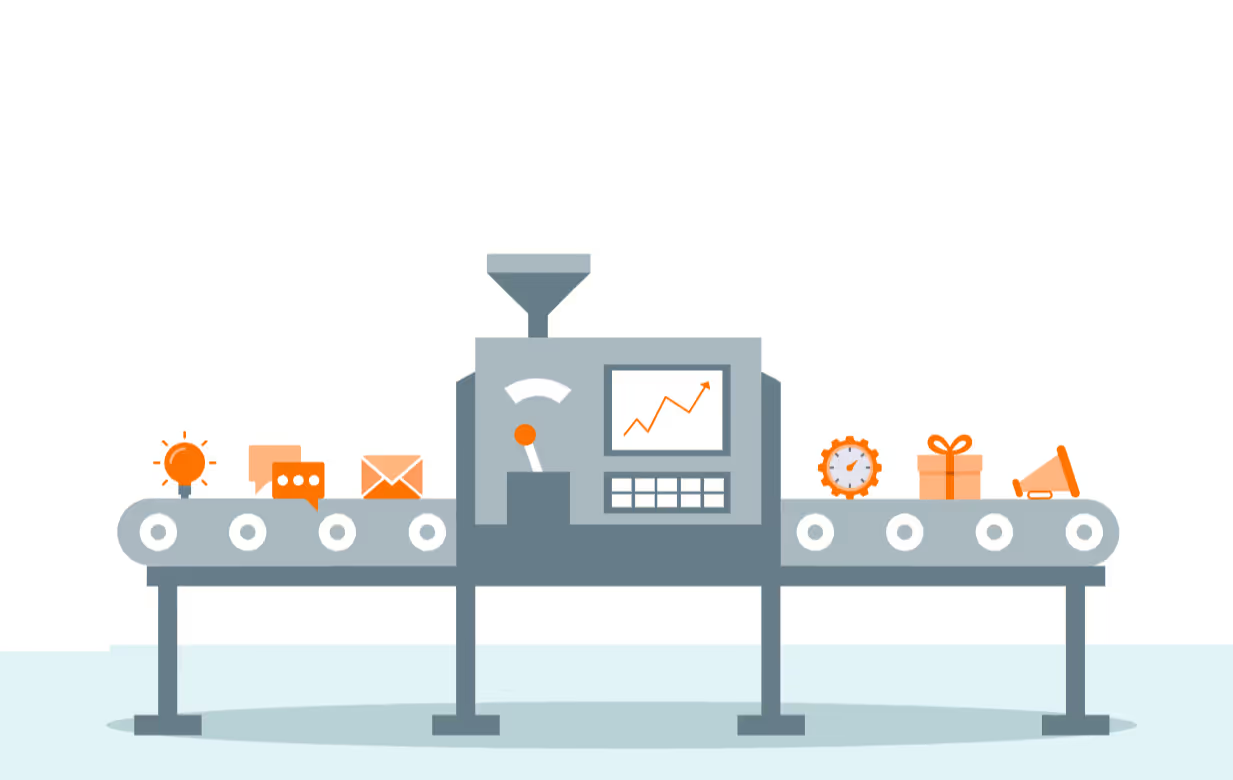Behind the scenes of our software development process

Rentman was created by the owner of an AV rental company, unsatisfied by the available solutions to manage his activity. In cooperation with other companies we developed a product tailored to the needs of event rental companies.
Today, input from professionals in the AV industry is still our main inspiration for the ongoing improvement of the software.
On a daily basis we receive feedback and ideas from users all around the globe, either through the support team or via our online Community. Some of these suggestions are then developed and used to update Rentman. But what happens between these two moments? The goal of this article is to show you the whole process behind every improvement, from collecting the feedback to developing the features.
1st phase - Where we get the ideas
Every company claims to value its customers’ feedbacks. Rentman actually does, and for a very practical reason: no one knows how software for AV rentals could be improved better than those in the AV industry. Following our users’ ideas, we improve our service every time. This is why we (unlike many other companies) offer free support through our Community or support staff.
Understanding the problem
The first contact is extremely important to us, and we go the extra mile to truly understand the different requests. When a request is made, our support staff will ask the user in-depth questions to get to the core of the subject. By doing this we manage to reveal the user’s actual need, and how can we improve our product to satisfy it.
Rentman is already very broad in terms of functionalities, so when we add something we want to make sure that it’s properly done and (most importantly) needed by our users. That’s why after receiving the suggestions, we must evaluate them. Let’s see how.
2nd phase - Why we can't develop every request
Every company is unique, and they all have different wishes. If we developed them all our software would be a mess with thousands of buttons and endless menus. In order to keep Rentman functional, we have to make a selection of the suggestions we receive.
Research and decide what is important
The product manager is in charge of this selection. By analyzing the different requests and deciding which improvements are going to be developed (and with what priority), he makes sure the software remains fast, easy-to-use and efficient for all users.
The product manager's decisions are based on three main considerations:
Does it interfere with the workflow of the software? Rentman follows a general workflow, and sometimes the requested features aren't compatible with it. Implementing them would make the software confusing and inefficient. If this is the case the support staff will come back to the user that submitted it and explains why this functionality will not be added..
How many people want this feature? When users ask for a new feature they usually think "every user needs this!", but that's often not the case. Rentman has thousands of users and every major addition or change we make should be beneficial for the vast majority of them. The product manager takes care of this by checking how many users ask for the same (or very similar) feature, and the Community weighs in heavily on this aspect.
How long is the development going to take? Programming is a time-consuming activity, and even the easiest additions can require a good amount of work from our developers. The product manager has to decide whether the number of users that will benefit from this feature are actually worth the time it will take to develop it.
Once the selection phase is over, it's time to move to the planning.
3rd phase - How we plan
Having considered these three aspects and chosen the features to develop, the product manager plans and assigns a list of tasks to the programmers. The planning directs the course of action for the following 2-3 weeks.
Although in other businesses this might be seen as short-sighted, in programming it's the standard. The reasoning behind this is that no one can predict exactly the complexity of an issue before starting working on it, so planning further in advance would be unreliable and ineffective.
Every task assigned to the programmers goes either on a short term (3 to 4 weeks) or a long term (anything above that) list. For the reasons explained above, it's hard to say when the tasks on the long-term list are going to be performed. Bugs (software flaws) of course are always on the short term one, and on top of the list. The rest of the tasks are about developing requested features; these are called wishes and are planned on the short or long term based on their priority level.
4th phase - Where the magic happens
Programmers (or developers) account for almost half of our staff; this goes to show how important development is for Rentman. After receiving the tasks list from the product manager, the developers start working on it. The time it takes to carry out these tasks usually follows some guidelines.
As much as you can find a bug annoying, no one hates them more than our programmers and that's why we solve them as quickly as possible.
Usually, it takes us a couple of weeks, which is a very brief time span for the industry's standards. For the most urgent ones it can take as little as 3 hours; in the developers jargon this kind of fix is called "hotfix", but it's time and resource consuming so we try not to do it too often.
On the other hand, the time it takes to develop a wish can vary greatly. Some features (e.g. a new button) could take just a couple of lines of code, but we have to be sure that the new codes won't interfere with the rest of the software. Other changes, that seem easy from the outside, actually require a fair amount of work. And even more complex ones (e.g. our notifications system) need to be planned and executed in the long term.
On top of that, for every update, we go through beta testing. In fact, rushing things would only result in a lot of bugs, and we want to be sure everything works fine before updating. This is why sometimes it's hard for us to give an exact estimation of how long it is going to take to develop a new improvement!
After all the development is implemented, we update the software to a new version.
5th phase - Keeping you informed about our updates
What is the use of developing a new feature if users don't know where to find it or how to use it? We communicate to you what has changed through our updates page and our Support Center. While on the updates page you will find a brief description of the new features added weekly, the support center provides a series of in-depth descriptions of all the functionalities of the software. And all the users that noted an issue or suggested a feature will be updated on its process, as well as receive an automatic message once it's online.
Don't stop giving us feedback!
The process we've just described takes place for hundreds of suggestions and feedback on an ongoing basis. It's hard work, but it's worth the effort: thanks to it, the service we provide to our customers gets better every day.
We can only do this with your help, and this is why we value your feedback and suggestions more than anything. So please, don't stop posting, voting and discussing on our Community or giving feedbacks to our support staff!
FAQ
Frequently asked questions
No items found.
Previous blog posts



